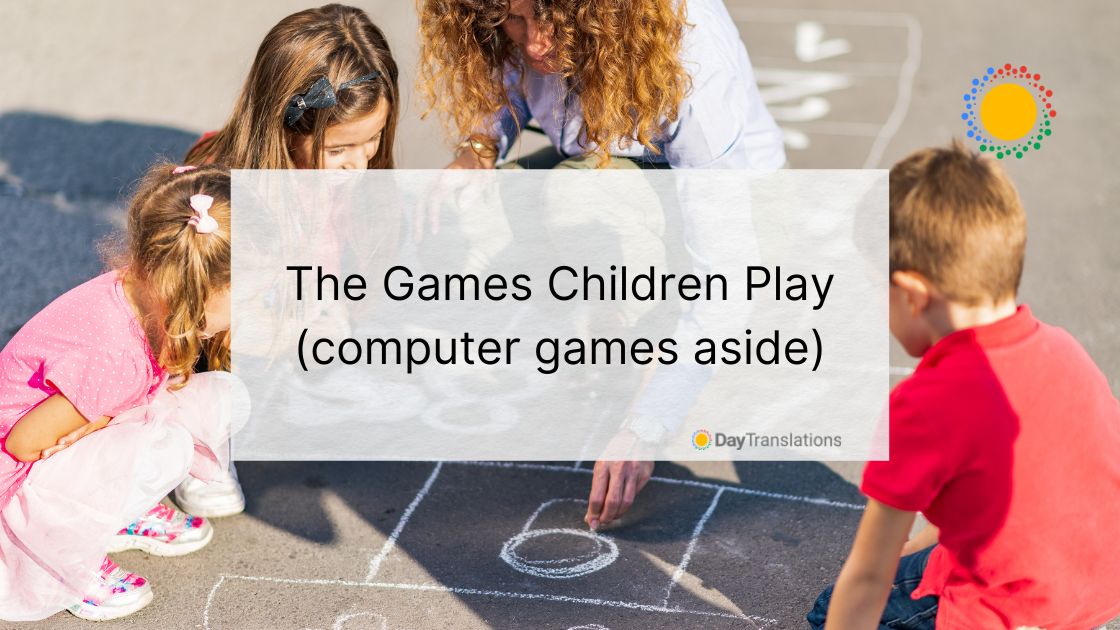Hōlī mubāraka hara kō’ī
– Happy Holi every one!
March 27 is the day that India’s Festival of Colors or Holi is celebrated particularly in the northern part of the Indian subcontinent. Nepal celebrated it one day early on March 26. But with migration and globalization, the festival is today celebrated in countries and cities where there is a large Indian community. The name is a shortened version of “Holika.” During ancient times, married women performed a special rite to pray for the well-being and happiness of their families.
India’s colorful festival is celebrated on the first day of spring, called “Phalgun Purnima.” It is the time when social caste is forgotten and with the traditional rites of dousing each other with colorful water or powdered paint, then each person is at par with one another. It is a way to renew relationships, bridge the social gap and experience unity and brotherhood, even if only on this special day. It is also a celebration of life because it is spring, and a signal for change.
Origin of Holi
It is not definite where this colorful festival came from. There are those who believe that this was related to young Lord Krishna who was a mischievous child. He loved to douse the milkmaids or “gopis” with colored water, which in turn became the game and practical joke during Holi.
Still others believed it stemmed from the legend of Prahlad and his aunt, Holika. Prince Prahlad, the son of King Hiranyakashyap was a devotee of Lord Vishnu. However, his father wanted everyone to worship him. His father made several attempts on the life of the young prince but he was thwarted every single time. At last he asked his sister Holika, who was said to be immune to fire to burn her nephew. However, it was Holika who was consumed by the fire, leaving the young prince unscathed. In this case, the symbolism is the triumph of good over evil, which is reenacted by the creation and lighting of the bonfire.
Festival Rites
With the variety of stories and legends about the origin of Holi, the festival itself and its rites make it a vivid and ebullient celebration.
On the eve of the Holi festival, a huge bonfire, called “Holika Dalan” is lit. An effigy of Holika, the evil sister of King Hiranyakashyap, who tried to kill his son, is burned in the bonfire. People roast grains, popcorn, chick peas and coconut in the fire, while some dance around the bonfire.
Dancing and singing and smearing people’s faces with powdered paint or colored water are part of the fun celebration the next day. On this day, social classes are forgotten. It is time to enjoy the day, literally in a very colorful way. It is not only for Hindus, as anyone can join in the celebration, so if you happen to be in India or Nepal on this special day, be ready to be paint-smeared and wet. People greet each other with “bura na maano Holi hai,” which translates to “don’t feel bad or get upset, it’s Holi” while smearing “abeer” or “gulal” on each other’s face or body.
Various colors take centerstage during the event, and these too have special meanings. “Abeer” is natural colored talc, while “gulal” are the special powdered paint colors. “Rang” is the term used for colored water. Green, which symbolizes purity, harmony and compassion, could be made by drying and grinding spinach and mint leaves. Red represents festivity and ground red sandalwood and rose petals are used to make the gulal. Magenta is the color of change and made by combining red gulal with ground jacaranda flowers, blue hibiscus or indigo berries and leaves. Saffron and orange is for happiness, optimism, joy and festivity. Turmeric, saffron, tesu blossoms and sandalwood powder are some of the materials used for natural gulal. Yellow flowers, gram flour and turmeric are sources of yellow gulal, which represents intellect, awakening and energy.
Traditions
Different regions in India celebrate Holi in various ways.
• In Barsana and Nandgaon, it is called Lathmaar Holi. Women take men captive, dress them up in women’s clothes and beat them up, in the spirit of fun.
• In Haryana, Holi becomes Dulandi Holi and is the time for the married women to exact revenge for all the mischiefs done by their younger brother-in-laws (devar), by beating them.
• In Gujarat and Maharashtra, Holi is celebrated by breaking a pot of buttermilk. It is associated with the legend that the young Lord Krishna had a penchant for buttermilk and used to steal it from the village houses so the women hide their pot of buttermilk by hanging it high up in their kitchen. Men form a human pyramid with the topmost person breaking the pot that is hung high up in the street with his head. The womenfolk dance around the men singing Holi songs and dousing the men with plenty of water.
• At the Vishwa Bharti University in Bengal, students decorate the school campus with beautifully intricate “rangolis” and have a procession the next morning wearing traditional clothes while singing songs. Their celebration is called “Basant Utsav,” which means “spring festival.”
• The Manipuris of the northeast celebrate Holi for six straight days, combining it with the Yaosang Festival. The highlight is the performance of the “Thabal Chongba,” a special Manipuri dance.














Sorry, the comment form is closed at this time.